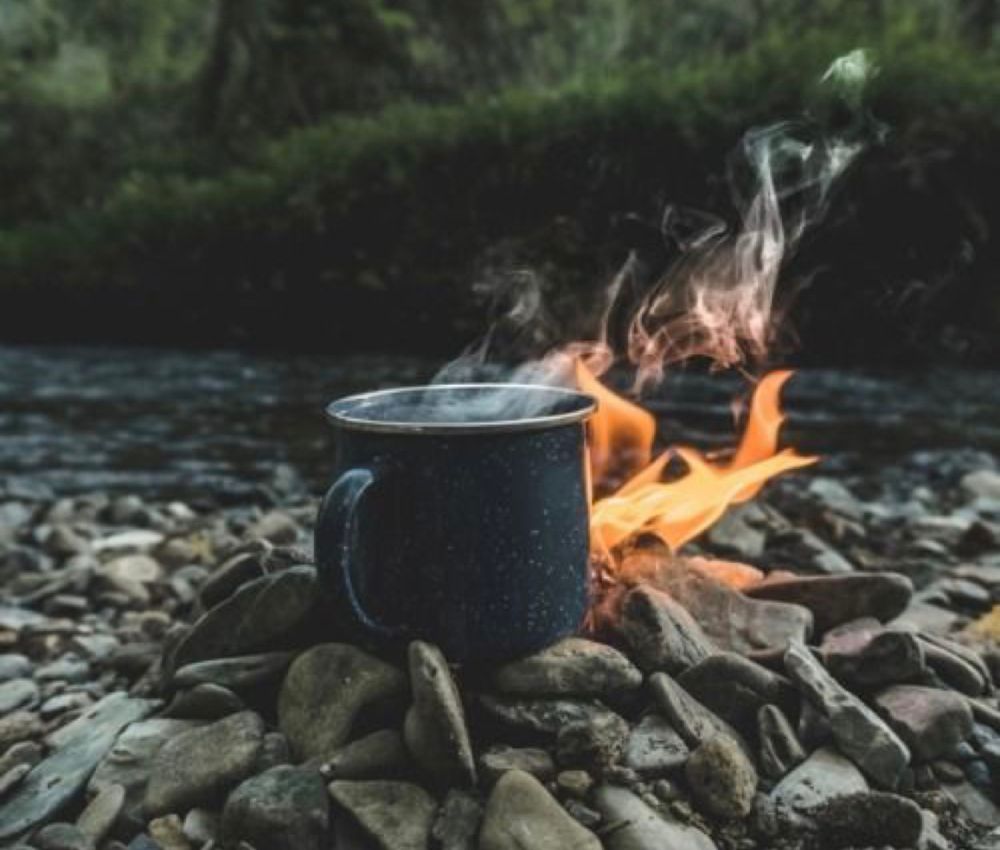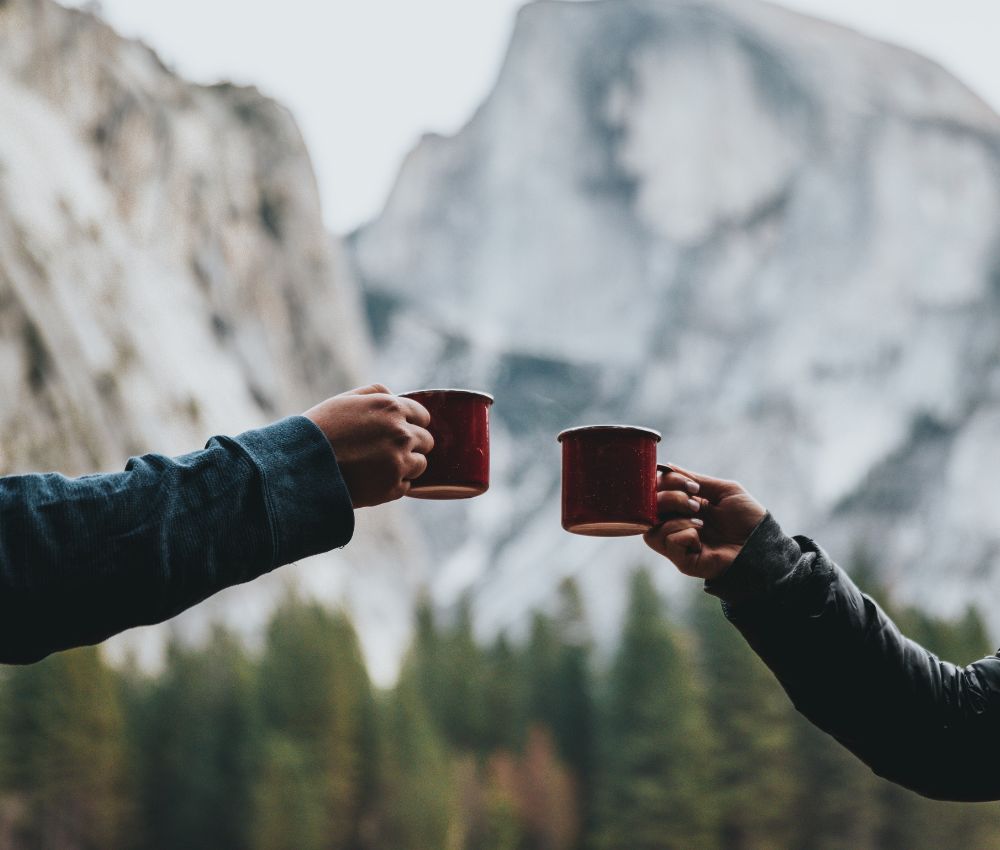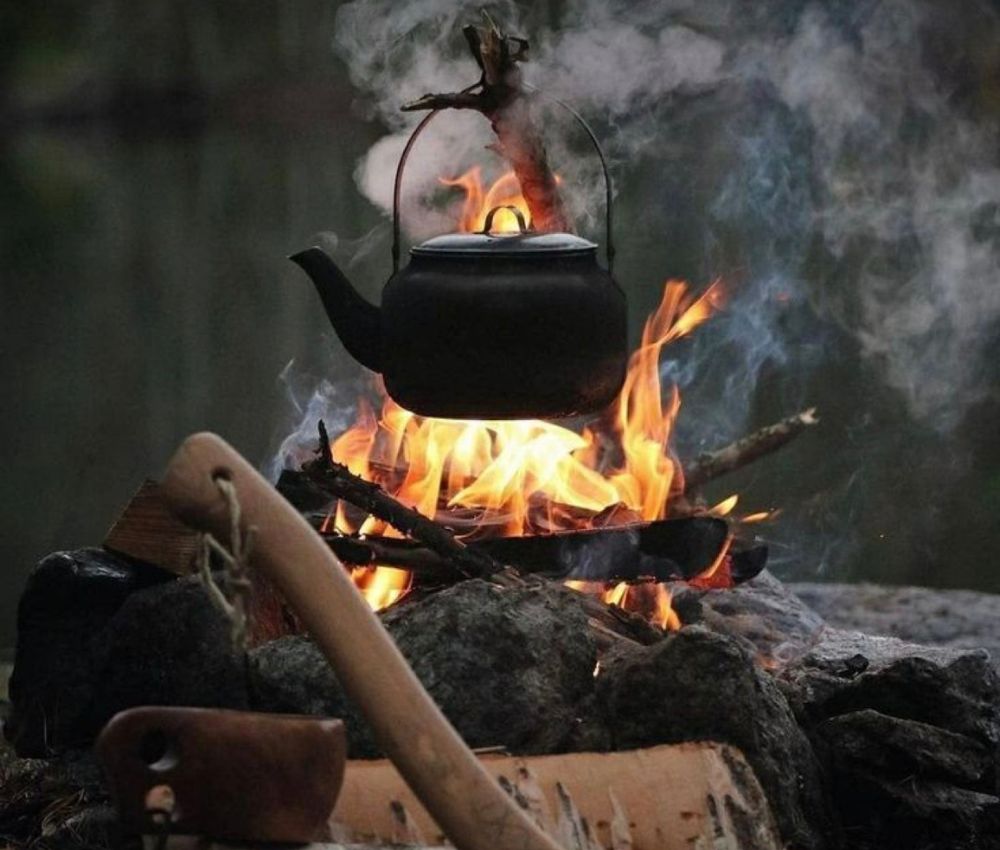How do we navigate uncomfortable spaces?

How do we navigate uncomfortable spaces?
In last week's Cup of Tea we had an open topic again. We opened with whanaungatanga-relational connecting as they joined the session, and it was lovely to see familiar faces with some joining us from overseas. One of our regular participants shared that they were about to host a workshop on writing a submission on the Regulatory Standards Bill, and they were feeling a little uncomfortable and nervous. So, this became our topic -
How do we navigate uncomfortable spaces?
Our kōrero organically unfolded as each participant reflected on such moments as a way to help others, to not only speak about their experiences but to also learn from hearing others lived experiences and how they navigated them. What was noticeable and comforting was the consensus among the group that we have all either - been in, dealt with, and come out of uncomfortable spaces or zones with new learnings. There were common themes that revealed themselves as each participant shared their stories.
Nervous-system responses
One participant mentioned the feelings they get when they enter unfamiliar social settings and refer to their initial response as fight or flight. They either search for familiar people in a room or battle their inner-voice that often urges them to find a quick exit point to avoid more feelings of awkwardness. Other participants nodded in unison as if to say - yup, we’ve been there or yes, we do that too. We agreed that this default physiological response can often surface when we are faced with challenges or confronting situations.
One of our participants acknowledged their tendency to default to a combative stance regarding indigenous rights issues, and emphasizes the importance of mastering emotions rather than suppressing them. Following these comments, another participant highlighted their struggle to become emotionally grounded when they feel like their culture is being under attack but also understands the need to center themselves before responding.
This spurred conversations of seemingly opposite responses to discomfort and tension, as another participant recalls their default mode to be outwardly calm and composed coupled with attentive listening and thinking. And, although this participant thought this response was unhelpful, other participants perceived this discreet way of responding to the unfamiliar as a helpful trait - meditative and mindful even.
Navigating the discomfort through facilitation
It was evident that our experiences of being in uncomfortable spaces varied, and yet, we each found comfort in each other’s learnings on how to handle uncomfortable situations. It was as if each participant added their own piece of lived wisdom to the group kete.
One participant started our kōrero by sharing their technique of active listening during hui or other meeting-like situations. They explained that by engaging with people in the room and actively listening to their contributions, we can both acknowledge resistance and create a safe space for open dialogue. This point resonated with several participants, particularly the one about resistance. For instance, one participant recalled a moment when they were facilitating a hui where they felt this resistance in the form of what seemed to be a lack of enthusiasm or engagement from the audience, and that one technique they like to use is to name the so-called awkward feeling out loud and ask if anyone else is feeling the same. Another participant also shared that when they pick up on nervous energy in a hui that they are facilitating, they too use this ice-breaker to create an open space for kōrero. Other participants spoke about using these moments of discomfort to ask questions to draw out perhaps the quieter participants in a room and to connect them to the wider group and discussion.
Some shared that they see value in pre-meeting preparation, such as creating introductory videos for their participants to inform and prepare them for the meeting. Others touch on the value of understanding and being mindful of unseen cultural elements and values in different group dynamics. For example, how certain cultural groups may view a person’s mana outside of traditional hierarchical structures, and therefore, understanding the cultural importance of upholding their mana.
We were all on the same page in thinking that being in uncomfortable spaces can lead to personal growth and in some cases, increased comfort.
Facing discomfort with confidence
This kōrero felt special. It felt safe. There were moments of vulnerability in the sharing as people opened up about how they respond to confrontation. And, this created space for others to enact awhina, and offer words of support, which was beautiful to witness. Human-ness is what wove our experiences and knowledge together. Our Cups of Tea ropū is a space where we can share our stories and gift each other with our personal learnings - this is how we walk together in uncomfortable spaces with safety, confidence and mana-enhancing ways.
Ngā mihi nui,
Arama and the Walk Together Team

